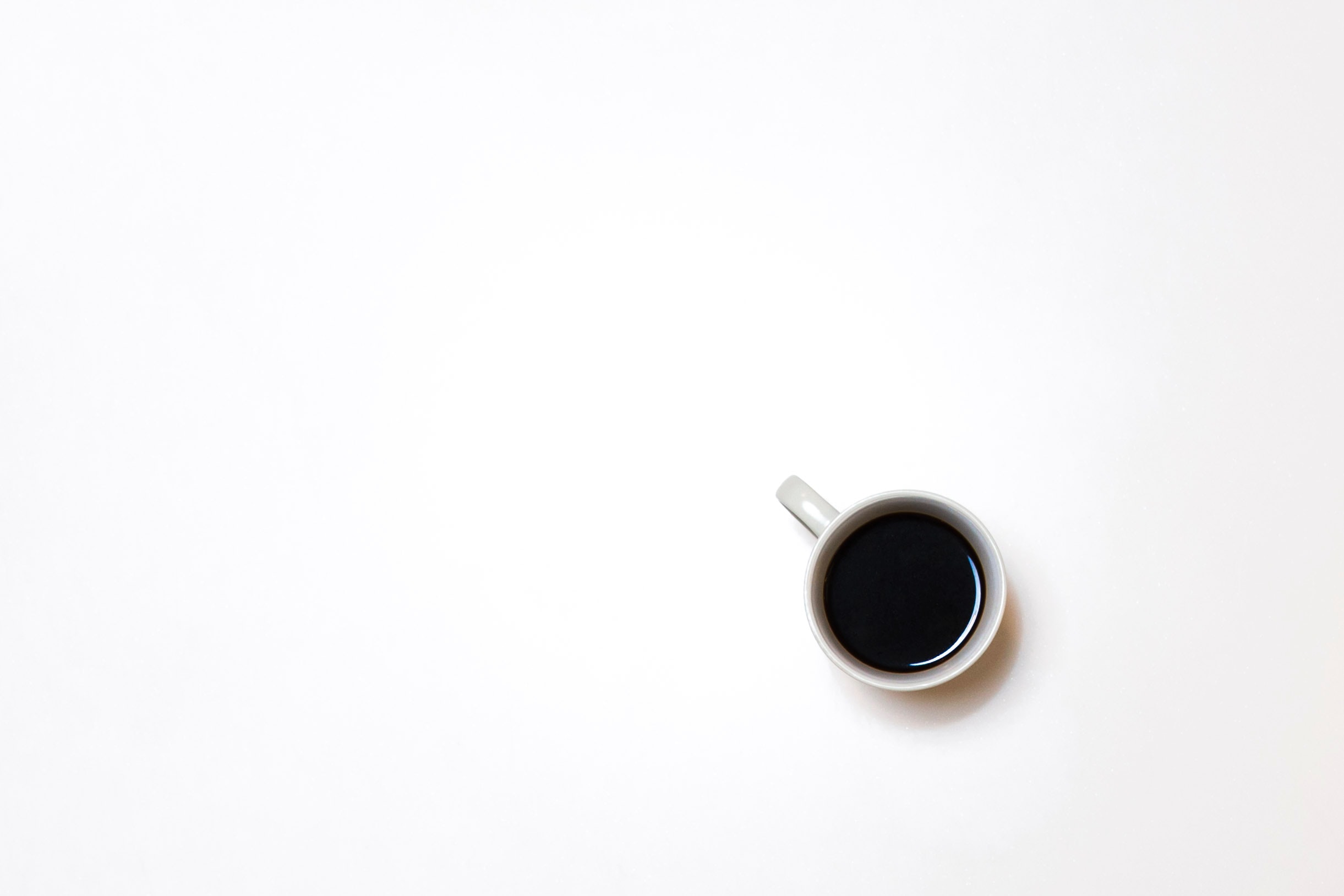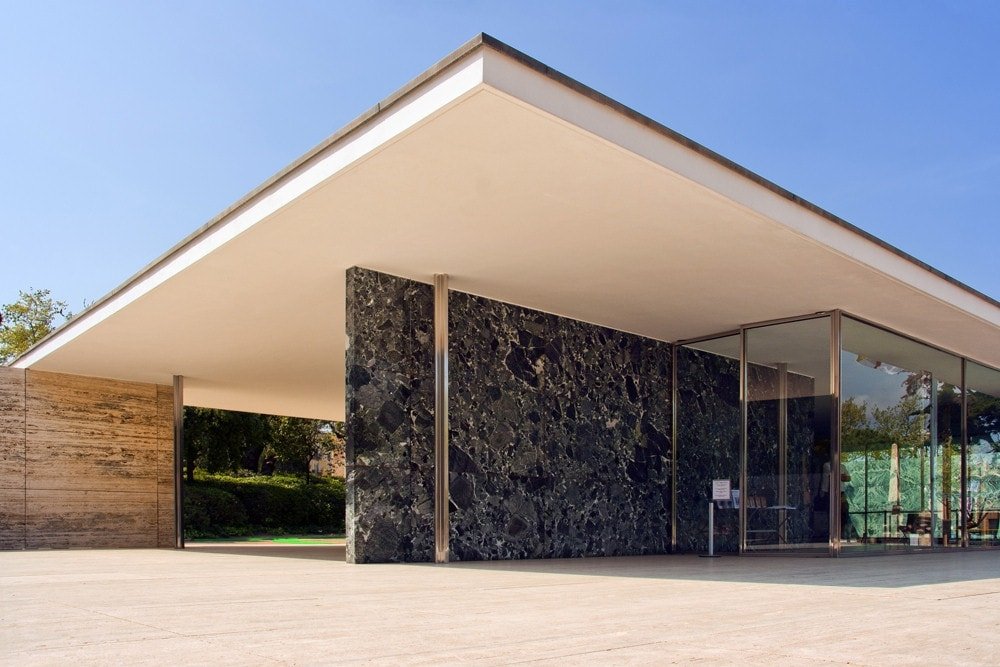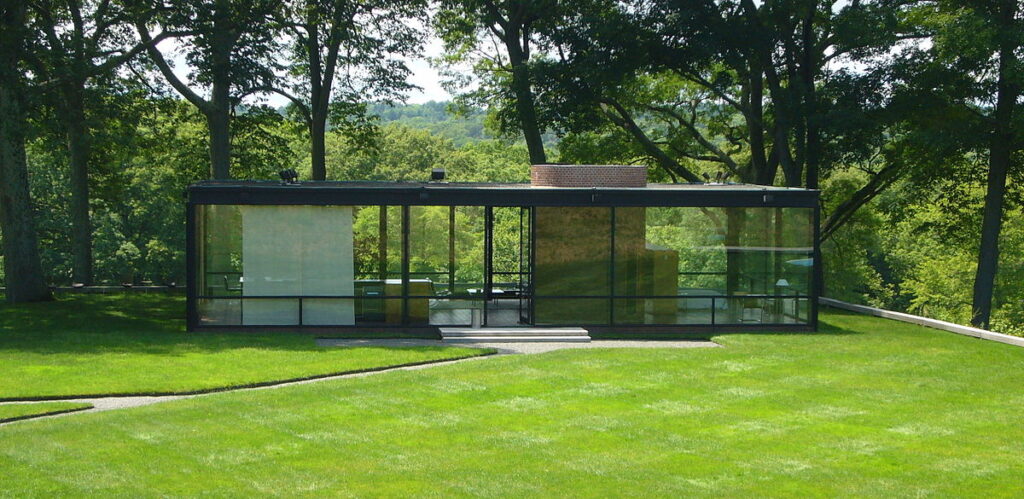There’s a lot of confusion about what minimalism is. You might think it’s about surviving with as little as possible or living in an empty house. It’s really not.
History
To fully understand what minimalism means nowadays in terms of lifestyle, it helps to go to where the roots are. Believe it or not, minimalism is a few millennia old. It’s as old as the Buddha, who left a life as a prince in order to gain spiritual wisdom. In fact, it can be argued that Buddhism promotes the idea of minimalism by discouraging greed, thereby encouraging having what you truly want.
This all sounds lovely but it wasn’t until recently that minimalism really kicked into gear. In the 1960s and 70s, it took the form of an art movement where artists moved away from abstract expressionism in favour of simple geometric shapes. Eventually, it found its way into architecture, the Barcelona Pavilion, and the Glass House being prominent examples. From there, the visual aesthetic of flat, white surfaces and cold, hard edges became the common viewpoint.

The Barcelona Pavilion 
The Glass H ouse
Minimalism as a lifestyle
While some roots of minimalism are shared with the earlier art and architecture movements, others have been tweaked to better suit it as a lifestyle. There’s good reason for this, after all, how can the characteristics of inanimate objects be directly applied as a way of life?
When it comes down to it, minimalism is about intention. Rather than have everything, you have what you truly care about. This is where the misunderstanding happens. You see, for some, clear and empty space is what they care about and their minimal lifestyle will reflect that. For others, they may value small sentimental items and hold on to them.
If you want to get really philosophical, you could say that minimalism is a reflection of your soul. But I’d rather not, so I’ll say that minimalism is about what you value and sticking to those values.
This idea can be applied to every aspect of your life (which is why it’s called a lifestyle). For example, in the episode “106 – Master Personal Finance” of The Ground Up Show, Matt D’Avella and Ramit Sethi are talking about how to manage a budget. Ramit goes on to say something along the lines of “spend as much as you want on stuff you enjoy or value, and spend as little as can on stuff you don’t”. Just so you know, Ramit wrote the book I Will Teach You to be Rich, which became a New York Times bestseller when it was released.
Try it
I highly recommend that everyone should be a minimalist. Of course, they don’t have to call themselves that, so I’ll rephrase it. I highly recommend that everyone should prioritise what they care about. Just to wrap off, if I haven’t sold you on minimalism yet, check out Matt D’Avella, he’s what inspired me to be one in the first place.



Nice perspective Manas!
Nice post!